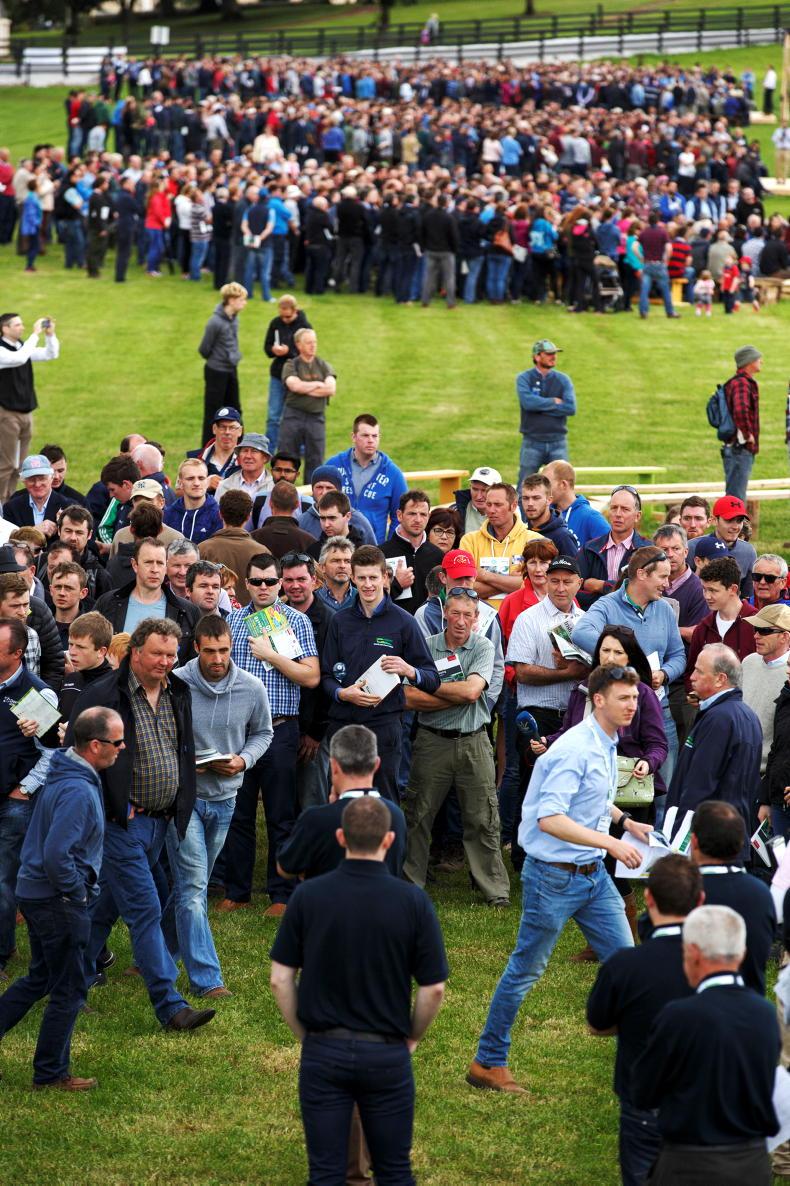The Irish dairy industry has undergone a transformational change since the removal of the EU milk quota in 2015. Since it began to prepare for quota removal in 2007-2009, milk solids output has increased by over 96%. This was achieved through higher cow numbers, increased milk yield per cow, increased fat and protein percentages, better grass growth, increased stocking rate and additional land entering the dairy industry.
Recently, published studies have highlighted that Ireland’s competitive advantage has increased since milk quotas were removed; achieved through a focus on maximising grazed grass in the diet, which will continue to be the key factor driving the competitiveness of milk production systems in the future, especially in the face of extraordinary input price inflation, as seen in 2022.
The benefits of the system have been further enhanced through the developments within the Economic Breeding Index, which have focussed on selecting a dairy cow with suitable attributes – robust, excellent fertility and survivability, inherent drive to convert grass to milk and ability to withstand changes in feed supply.

Teagasc Moorepark open day. \ Donal O'Leary
The change in cost base on farms in 2022 (mainly driven by input price inflation) needs an urgent focus at both farm and industry level to ensure increases can be managed and reversed, and competitiveness maintained.
Looking ahead, there are new challenges for the dairy industry to address, as it matures in the new economic and policy environments. Recent geo-political events have exposed the need for increased feed, fertiliser and energy security.
Systems of milk production that rely less on purchased feed, fertiliser and energy are more resilient in these challenging times. These issues, coupled with environmental pressures (greenhouse gas emissions, water quality and biodiversity), require the industry to have a cohesive strategy.
Key features of such a plan will include widespread and rapid deployment of currently available solutions at farm level; coupled with further investment in research to develop new solutions to facilitate the industry to meet its overall commitments.
The availability of skilled and motivated people to work and become leaders within the industry is, and will continue to be, a central challenge. Therefore, education and training must reflect needs across different career roles within the sector, to underpin a vibrant industry.
In addition, the integration of the beef and dairy industries will benefit both sectors. The generation of healthy dairy-beef calves with superior genetic merit for beef traits and younger age at slaughter are essential requirements to develop profitable, simple and sustainable grass based dairy-beef systems.
The Irish dairy industry has undergone a transformational change since the removal of the EU milk quota in 2015. Since it began to prepare for quota removal in 2007-2009, milk solids output has increased by over 96%. This was achieved through higher cow numbers, increased milk yield per cow, increased fat and protein percentages, better grass growth, increased stocking rate and additional land entering the dairy industry.
Recently, published studies have highlighted that Ireland’s competitive advantage has increased since milk quotas were removed; achieved through a focus on maximising grazed grass in the diet, which will continue to be the key factor driving the competitiveness of milk production systems in the future, especially in the face of extraordinary input price inflation, as seen in 2022.
The benefits of the system have been further enhanced through the developments within the Economic Breeding Index, which have focussed on selecting a dairy cow with suitable attributes – robust, excellent fertility and survivability, inherent drive to convert grass to milk and ability to withstand changes in feed supply.

Teagasc Moorepark open day. \ Donal O'Leary
The change in cost base on farms in 2022 (mainly driven by input price inflation) needs an urgent focus at both farm and industry level to ensure increases can be managed and reversed, and competitiveness maintained.
Looking ahead, there are new challenges for the dairy industry to address, as it matures in the new economic and policy environments. Recent geo-political events have exposed the need for increased feed, fertiliser and energy security.
Systems of milk production that rely less on purchased feed, fertiliser and energy are more resilient in these challenging times. These issues, coupled with environmental pressures (greenhouse gas emissions, water quality and biodiversity), require the industry to have a cohesive strategy.
Key features of such a plan will include widespread and rapid deployment of currently available solutions at farm level; coupled with further investment in research to develop new solutions to facilitate the industry to meet its overall commitments.
The availability of skilled and motivated people to work and become leaders within the industry is, and will continue to be, a central challenge. Therefore, education and training must reflect needs across different career roles within the sector, to underpin a vibrant industry.
In addition, the integration of the beef and dairy industries will benefit both sectors. The generation of healthy dairy-beef calves with superior genetic merit for beef traits and younger age at slaughter are essential requirements to develop profitable, simple and sustainable grass based dairy-beef systems.







 This is a subscriber-only article
This is a subscriber-only article












SHARING OPTIONS: